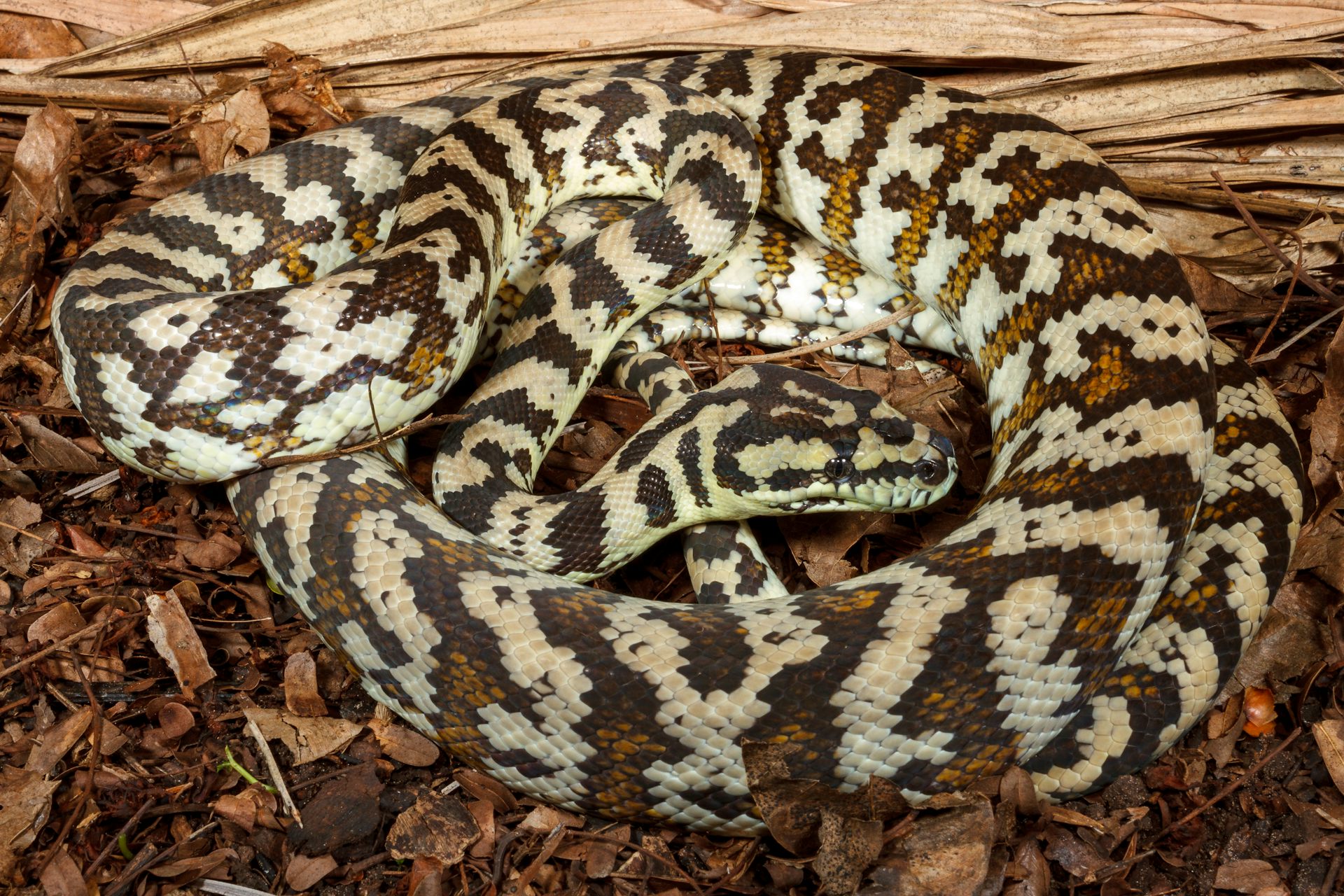Introduction
Tiger snakes (Notechis scutatus) are amongst one of the most interesting yet feared reptiles discovered in Australia. With their striking appearance and potent poison, these serpents stimulate a Habitat locations of Australia’s most venomous snakes mixture of awe and care. Observing tiger snakes in their natural environment can be an exhilarating experience for nature enthusiasts, wildlife digital photographers, and scientists alike. Nevertheless, it's crucial to approach this endeavor with regard for the pet's environment and an understanding of safety measures to prevent serpent bites.
In this comprehensive guide, we'll explore how to safely observe tiger snakes in their Snake awareness Australia natural habitat. We will cover topics ranging from recognizing their habits and environments to first aid for snake attacks-- furnishing you with understanding to boost your experience while minimizing dangers.
What is a Tiger Snake?
Tiger snakes are highly poisonous serpents belonging to Australia, particularly Tasmania and coastal areas. They are understood for their distinct banded coloration looking like a tiger's red stripes, which can vary from yellowish-brown to dark brownish and even black.
Physical Characteristics
Tiger serpents are tool to large-sized serpents that can grow up to 2 meters long. Their bodies are durable, and they have a wide head that is distinctly larger than their necks.
Habitat Preferences of Tiger Snakes
These reptiles normally occupy marshes, tidewaters, and coastal regions however can also be discovered near freshwater sources like rivers and lakes. Recognizing where these serpents live is crucial for anybody seeking to observe them safely.
Understanding Tiger Snake Behavior
Are Tiger Snakes Venomous?
Yes, tiger serpents are amongst one of the most venomous snake types worldwide. Their poison contains neurotoxins that can lead to significant medical complications if bitten.
Behavioral Traits
Tiger serpents are generally reluctant creatures; they favor to prevent human communication. Nonetheless, they can become aggressive if endangered or collared.
Where Can You Locate Tiger Snakes?
Tiger Serpent Environment Exploration
To securely observe tiger serpents in their natural habitat, it's necessary first to determine where they grow. They tend to favor:
- Coastal marshlands Mangroves Swamps Riverbanks
Best Areas for Observation
Some suggested places consist of:
- Tasmanian wetlands The shorelines of southerly Australia National parks with water bodies
Safety Precautions Before Observing Tiger Snakes
Understanding the Risks of a Tiger Serpent Bite
Although encounters with tiger snakes can be exhilarating, being aware of the dangers entailed is critical:

First Aid for Serpent Bites: What You Need to Know
Knowing what actions to take if bitten can save your life or another person's:

- Stay tranquility; motion raises venom spread. Call for medical assistance immediately. Do not apply ice or effort suctioning.
How to Securely Observe Tiger Snakes in Their All-natural Habitat
When you decide to observe tiger snakes in the wild:
Dress Appropriately: Wear lengthy pants and strong boots. Use Binoculars: Maintain a secure distance while observing these reptiles. Avoid Sudden Movements: Quick activities may surprise them. Stay on Established Trails: Prevent straying right into thick underbrush where visibility is low.Equipment Needed for Observation
Essential Equipment Checklist
- Binoculars First-aid kit specifically created for serpent bites Field manual on Australian reptiles Camera (with zoom capacity)
Snake Bite First Aid Package Essentials
A well-equipped emergency treatment kit ought to include:|Thing|Function|| -------------------------------|-------------------------------|| Compression plaster|To debilitate the damaged area|| Antihistamines|For allergies|| Emergency situation contact numbers|Quick gain access to throughout emergencies|

Interpreting Tiger Snake Signals
Understanding just how tiger serpents communicate through body movement assists observers determine when it's secure or unsafe:
Common Behaviors
Defensive position: If coiled or raised off the ground. Retreating behavior: When they gradually retreat from potential threats.Dealing With Prospective Encounters
Even with safety measures taken, an experience might still take place throughout your monitoring journey:
Remain calmness; stressing only enhances risks. Slowly retreat without turning your back on the snake. Make your visibility known verbally however prevent sudden movements.Frequently Asked Inquiries Concerning Tiger Snakes
1. What ought to I do if I see a tiger snake?
Remain calm; observe from a range without disturbing it.
2. Are infant tiger snakes dangerous?
Yes, Click for source juvenile tiger serpents are born poisonous and might pose threats similar to adults despite being smaller.
3. Exactly how typical are tiger snake bites?
While events take place yearly in Australia, fatalities are rare as a result of punctual treatment availability.
4. Can I maintain a tiger snake as a pet?
Keeping wild tiger serpents as pets is unlawful in lots of regions as a result of conservation laws.
5. What does a tiger snake bite look like?
Bite marks commonly show two puncture wounds in addition to localized swelling and discoloration.
6. Just how efficient is antivenom?
Antivenom therapy is extremely efficient when carried out prompt after a bite.
Conclusion
Observing tiger serpents in their natural habitat provides an electrifying opportunity for wild animals enthusiasts yet should be approached with caution and respect for both the animal and its setting. By arming on your own with understanding regarding these fascinating reptiles-- consisting of comprehending their behaviors and precaution-- you can delight in remarkable experiences while considerably decreasing threats associated with encounters.
In summary, constantly prioritize safety and security by preparing properly before starting any kind of wildlife observation exploration-- particularly when taking care of some of nature's most venomous creatures like the tiger snake!